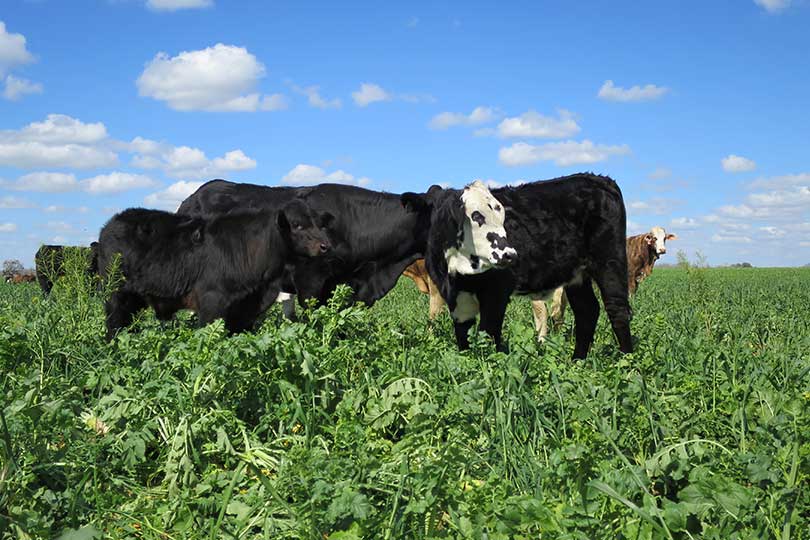By Jennifer Whitlock
Field Editor
Texas A&M AgriLife Research faculty received a $10 million grant from the U.S. Department of Agriculture’s National Institute of Food and Agriculture to conduct a study on regenerative agricultural practices.
The study, “Sustainable Agricultural Intensification and Enhancement through the Utilization of Regenerative Agricultural Management Practices,” will evaluate the impact of the practices in semi-arid ecoregions in Texas and Oklahoma.
“What’s so exciting about this research is it will be the first regenerative agriculture project to cover this large of an area across both Texas and Oklahoma,” Dr. Katie Lewis, AgriLife Research soil scientist, said. “With carbon being such a hot topic, we want to take a closer look at carbon sequestration, what is being captured and what is being lost through greenhouse gas emissions.”
Many “best practices” in regenerative agriculture recommendations have been tested in areas of the U.S. that receive 40 to 50 inches of rainfall annually. However, Texas and Oklahoma have an average annual rainfall of about 28 and 36 inches, respectively, according to the National Oceanic and Atmospheric Administration National Centers for Environmental Information. Both states have great variability in precipitation by region, too.
Researchers hope this study will result in optimal practices to help area farmers and ranchers be more sustainable while remaining profitable, according to Lewis.
Cover crops, crop rotation, grazing and other soil management techniques will be evaluated over the course of the five-year study.
“Long-term, region-specific research, especially in semi-arid regions, is needed to better understand regenerative practices and the effects on soil health and water use in cotton agroecosystems. We plan to identify the immediate challenges on the ground and reduce the risk that is associated with change when it comes to farming practices,” she said. “It’s nothing but change from one year to the next in farming but helping to alleviate that risk is one of our main goals, as well as to protect the environment and natural resources.”
A unique facet of the project is the development of undergraduate and graduate courses in regenerative agriculture at Texas A&M University and partners Oklahoma State University, Texas Tech University and West Texas A&M University using data collected from this study.
In addition to the research, the scientists will conduct outreach and education for farmers, ranchers and the public through AgriLife Extension in the form of field days, workshops and technical assistance. But another feature is the creation of a Master Soil Steward Program, which Lewis noted will allow farmers to create personalized goals for their land.
“We wanted to be able to start young with our college-age students and the general public and let them make more informed decisions when it comes to things that impact farmers and rural communities,” Lewis said.

